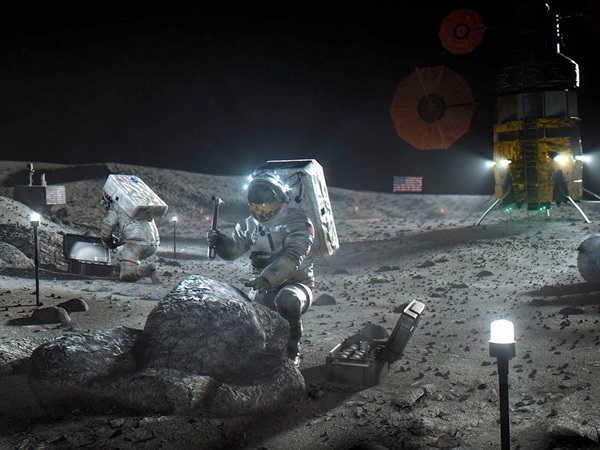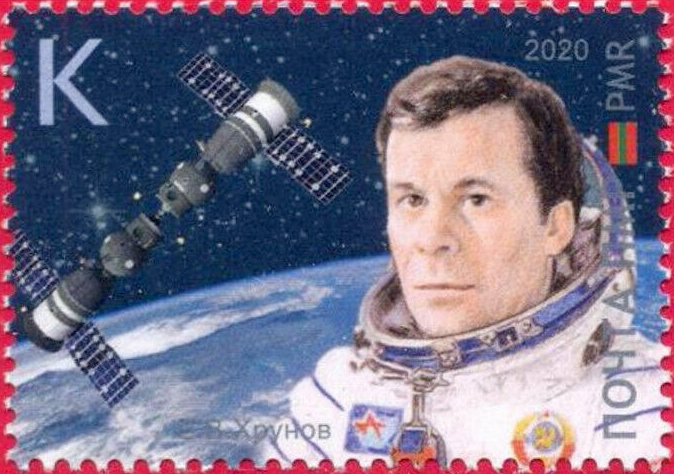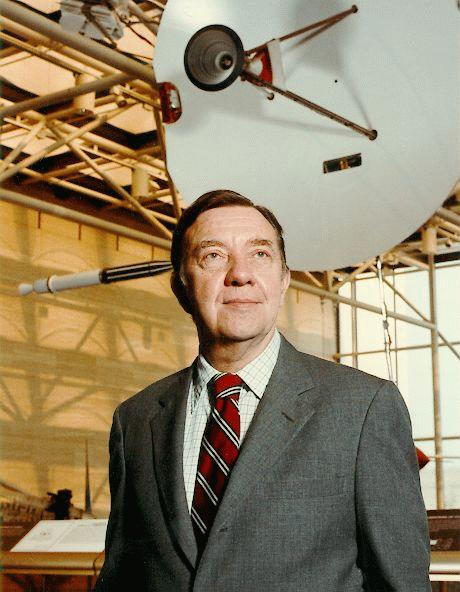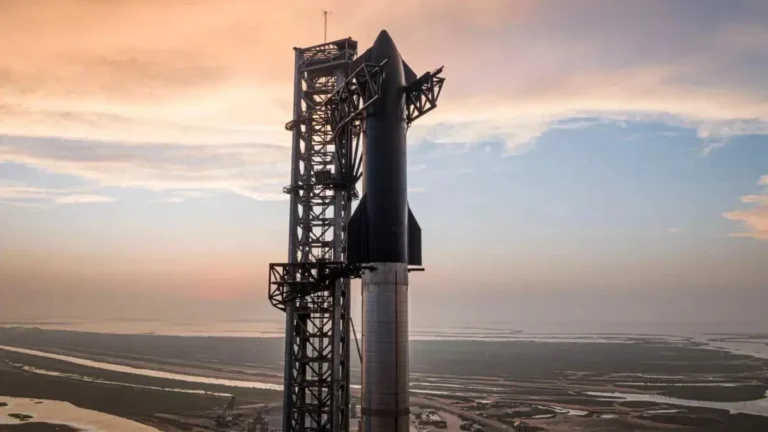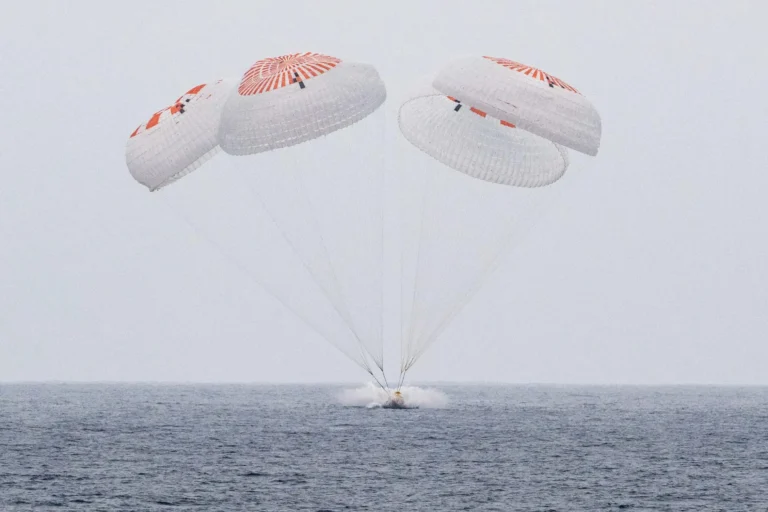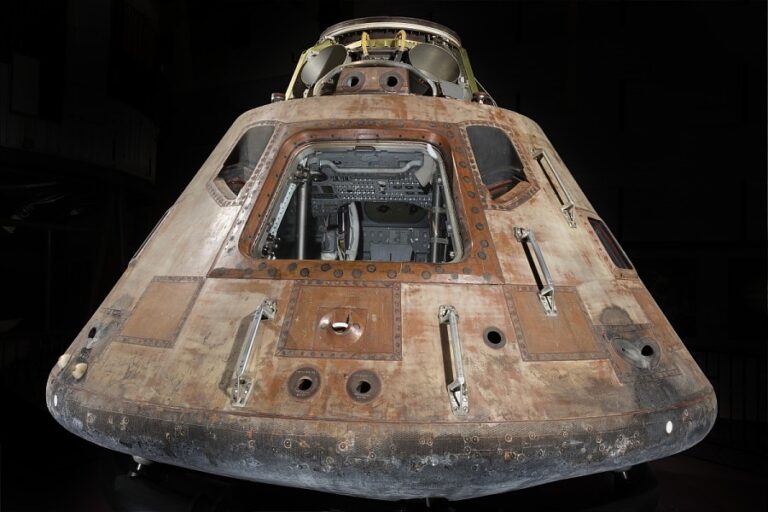Key Takeaways:
NASA administrator Bill Nelson today announced a new timeline for near-term Artemis missions, pushing back the first post-Apollo lunar landing until at least 2025. The schedule changes were driven by budgetary constraints, COVID delays, infrastructure and testing delays for the Space Launch System (SLS), and more than six months of litigation related to Blue Origin’s unsuccessful legal challenge to NASA’s selection of rival SpaceX as the sole winner of the lunar lander contract.
“It’s clear to me that the agency will need to make serious changes for the long-term success of the program,” Nelson said during the Tuesday briefing. He added that the previous administration’s target of a 2024 landing “was not grounded in technical feasibility.”
The new Artemis timeline
Nelson said that after next year’s Artemis 1 launch — set for February or March 2022 — the next mission, Artemis 2, will take place no later than May 2024 (instead of April 2023). Artemis 2 will be the first crewed mission to visit the Moon’s vicinity in more than 50 years; however, that crew will not land. The first crewed landing, Artemis 3, will now take place no earlier than 2025, Nelson said. NASA still intends to land near the Moon’s South Pole for that mission.
In another startling announcement, Nelson also said that Artemis 3 will be preceded by an uncrewed landing mission as part of the Human Landing System (HLS) contract awarded to SpaceX. Although not entirely unexpected, this is the first NASA declaration of commitment to an uncrewed landing. NASA officials did not say what the mission number will be. The uncrewed landing likely allows for more stringent tests of the reliability of the HLS, which, Nelson said, has not had enough Congressional funding.
Nelson also stressed the need for more competition in the HLS program because, “after all, the Chinese space program is increasingly capable of landing” their astronauts on the lunar surface. He also vowed that NASA will be as aggressive as safely possible with their timeline to “beat our competitors with boots on the Moon” — a seemingly significant elevation in rhetoric.
NASA did nix the idea of a direct SpaceX Starship landing for now. But, Nelson said, “We’re glad to look at any other alternative,” for future options beyond the Orion crew capsule docking with a lunar lander.
Meanwhile, NASA is working to consolidate contracts and smooth production of the SLS, which has been criticized for being overbudget, behind schedule, and relying on increasingly obsolete technology in a new era of reusable rockets. Nelson also stressed the agency’s need for proper spacesuit design and production.
James Free, associate administrator of NASA’s Exploration Systems Development Mission Directorate, highlighted additional challenges, such as adding crew equipment in Artemis 2 and developing docking capacity.
Show me the money
Of course, all these plans, as Nelson said, depend on funding. And that funding will have to take into account an increase in the cost of developing crewed versions of the Orion capsule, which will ferry astronauts to the Moon (without landing on it). Rather than a prior estimated cost of around $7 billion through the second Artemis mission, the agency predicts the true cost will be closer to $9 billion.
However, Free stressed that the technology being developed now — including internationally — will serve more than just the Artemis program. That’s why the investment needs to be viewed as a down payment on later science and exploration programs, such as crewed missions to Mars.
Indeed, Nelson said Artemis is important in order “to learn what we need to” about humans in space “for long durations” before we venture to the Red Planet within the century.
He did not, however, speak to the specific value of a long-term human settlement on the Moon, which has previously been part of the agency’s public rationale.
Christopher Cokinos writes for Astronomy.com and other outlets. He is currently working on a book about the Moon.

